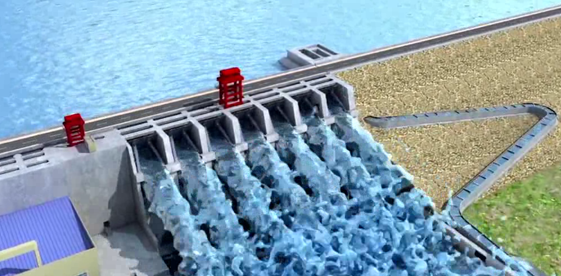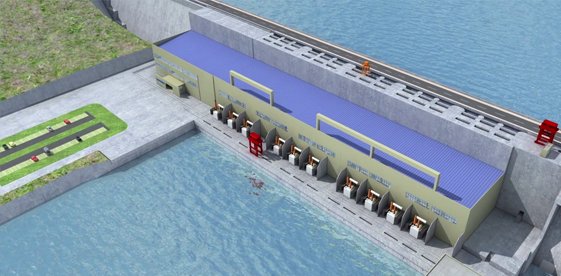The construction of both dams, Cóndor Cliff and La Barrancosa, sets up a major landmark for the country and the region as a whole.
 The Argentine government will start paying its debt once the power station starts generating electricity, meaning that the Energy Sales Contract will be in charge of repaying the credit. Once the depreciation period is over (ten years’ time) the provincial/national government will have at its disposition two modern hydroelectric dams that will allow for savings of approximately one billion dollars per annum.
The Argentine government will start paying its debt once the power station starts generating electricity, meaning that the Energy Sales Contract will be in charge of repaying the credit. Once the depreciation period is over (ten years’ time) the provincial/national government will have at its disposition two modern hydroelectric dams that will allow for savings of approximately one billion dollars per annum.
A sovereign loan creates favorable conditions that allow exchange savings along with the substitution of imported energy for hydroelectricity will generate a permanent surplus for Argentina.
Once the project starts up, the power plant will diversify towards renewable energies and will contribute in this way, to achieve its own energetic self sufficiency.
National Hydroelectric MatrixGeneration of clean renewable energy. 15% increase in the energy currently being produced yearly in Argentina (annual average of 5300 gW/h). By replacing imported fossil fuel, the country will save one billion dollars per year. Energetic restructuring Diversification of Argentina’s energetic infrastructure. Reduction of the Green-house effect. |
Regional development.Expansion of our production frontiers. The amount of energy that will be produced will create the necessary conditions to create industrial establishments that rely heavily on electric consumption. Expansion of the tourism industry thanks to the energetic availability and the basic groundwork necessary for tourism.
|
 “Condor Cliff and La Barrancosa" dams will add up to the most important hydroelectric systems in Argentina, named Comahue , with the Alicurá dam, Piedra del Aguila, Pichi Picún Leufú, Chocón and Arroyito, all of them on the Limay river and Neuquen. Portezuelo Grande, a dam coming from the lakes; Barreales , Mari Menuco and Central Planicie Banderita and El Chañar dam.
“Condor Cliff and La Barrancosa" dams will add up to the most important hydroelectric systems in Argentina, named Comahue , with the Alicurá dam, Piedra del Aguila, Pichi Picún Leufú, Chocón and Arroyito, all of them on the Limay river and Neuquen. Portezuelo Grande, a dam coming from the lakes; Barreales , Mari Menuco and Central Planicie Banderita and El Chañar dam.
To these existing and operational projects, others may be added, such as: Segunda Angostura, Michihuao, and Pantanito on the Limay river and Collon Curá project on the main tributary river. Even more, projects Chihuido I and Chihuido II on the Neuquén River. There are five more hydroelectric plants albeit on a lower scale than the ones on Rio Negro, but with high production possibilities.
Represas Patagonia aim to have excellent organizational levels. For this reason, quality, safety and environment parameters have been set up.
